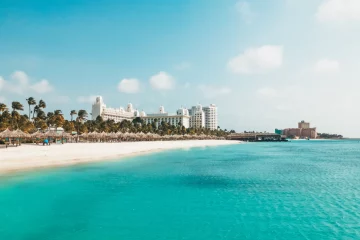Table of Contents
The Argentinean territory
In the beginning, the Argentinean territory was inhabited by some nomadic tribes, one of these tribes was the Yamana who lived in Patagonia. The North West part of Argentina was part of the Inca Empire, this conquest was one of the Inca achievements.
Colonization of spain
In 1516 the Spanish arrived and colonized the territory and became part of the Royalty of Peru. After a long time of the Spanish government, the Argentinean fought for its independence that was declared in 1816. Since then Argentina has developed and grown, adding a lot of provinces to its territory and creating a rift between the people from the capital that were called Unitarists and the people from the province that were called Federalists, which led to a bloody and messy civilian war.
According to the Argentina History in 1829, a federalist took the power, Juan Manuel de Rosas, who applied the unitarist principles to centralize the power in the capital Buenos Aires. Although the stability returned, his period was a strong military regimen that left many people dead. In 1852 Rosas was removed from power.
A Liberal Constitution
The Unitarist government implemented a liberal constitution which led the country to open its borders for foreign investment, trade and immigration. Argentina also started to export Cattle and crops and Europeans immigrated to Argentina to fill roles in commerce and craft. Argentina began to become a wealthy nation.
However the wealth didn’t get to all the people and the poverty grew with the migrations of the rural people increasing the wealth gap. The first president who tried to close the gap was Juan Domingo Peron who came into power in 1946. He introduced new social benefits and economic plans to try to relieve the pressure on the working classes. Jobs search.
In 1955 a coup against Peron brought his reign to an end. However he returned to power in 1973 when the President Hector Campora resigned. In 1974, Peron died and Argentina entered into a turbulent period of history that ended in 1976 when the military took power again.
A National Reorganization
The military Government began a violent Process of National Reorganization that declared a silencing war to everyone who were in opposition to the government, this war was called “The Dirty War” and took approximately 30 000 lives.
In 1983, the territorial disputes with Chile were solved by Raul Alfonsin, the president by then. He and the next presidents had to deal with really big economic troubles. Nowadays Argentina counts with an established democracy and a growing economy.



0 comentarios